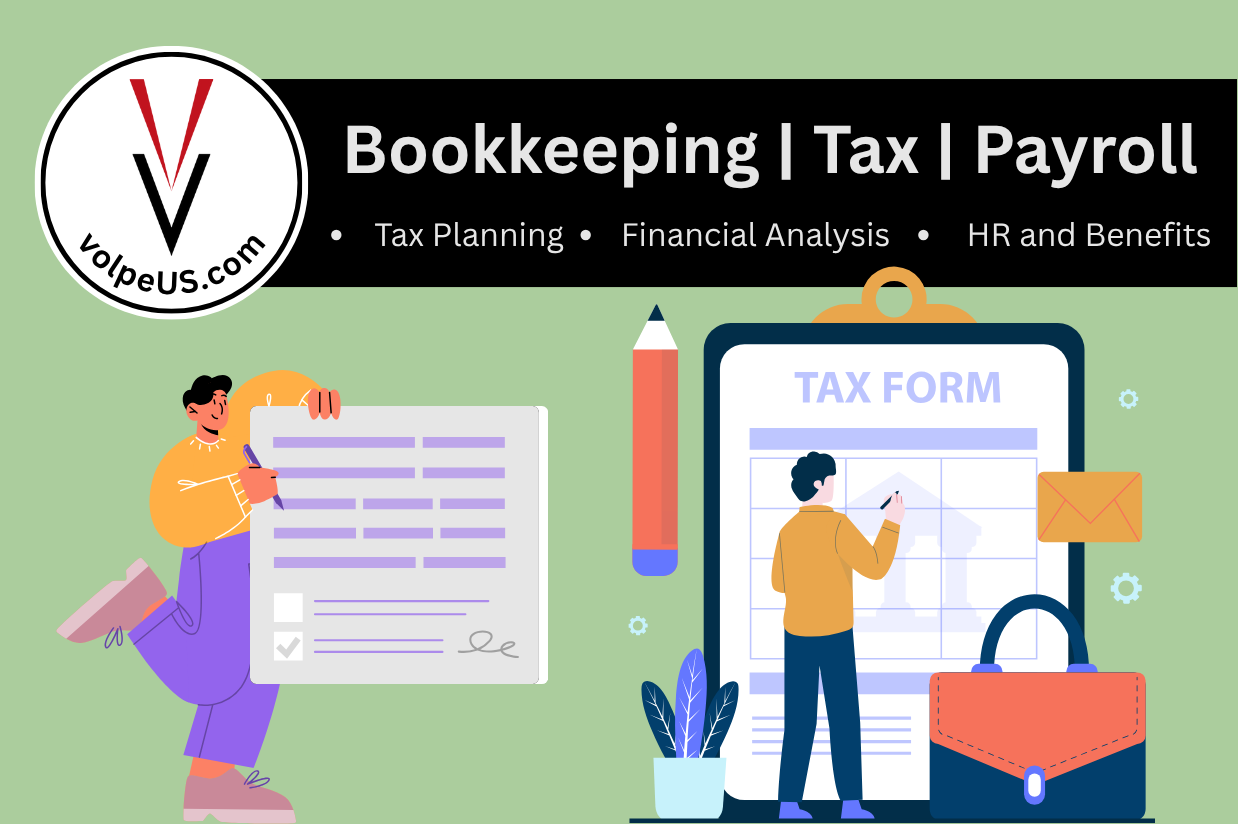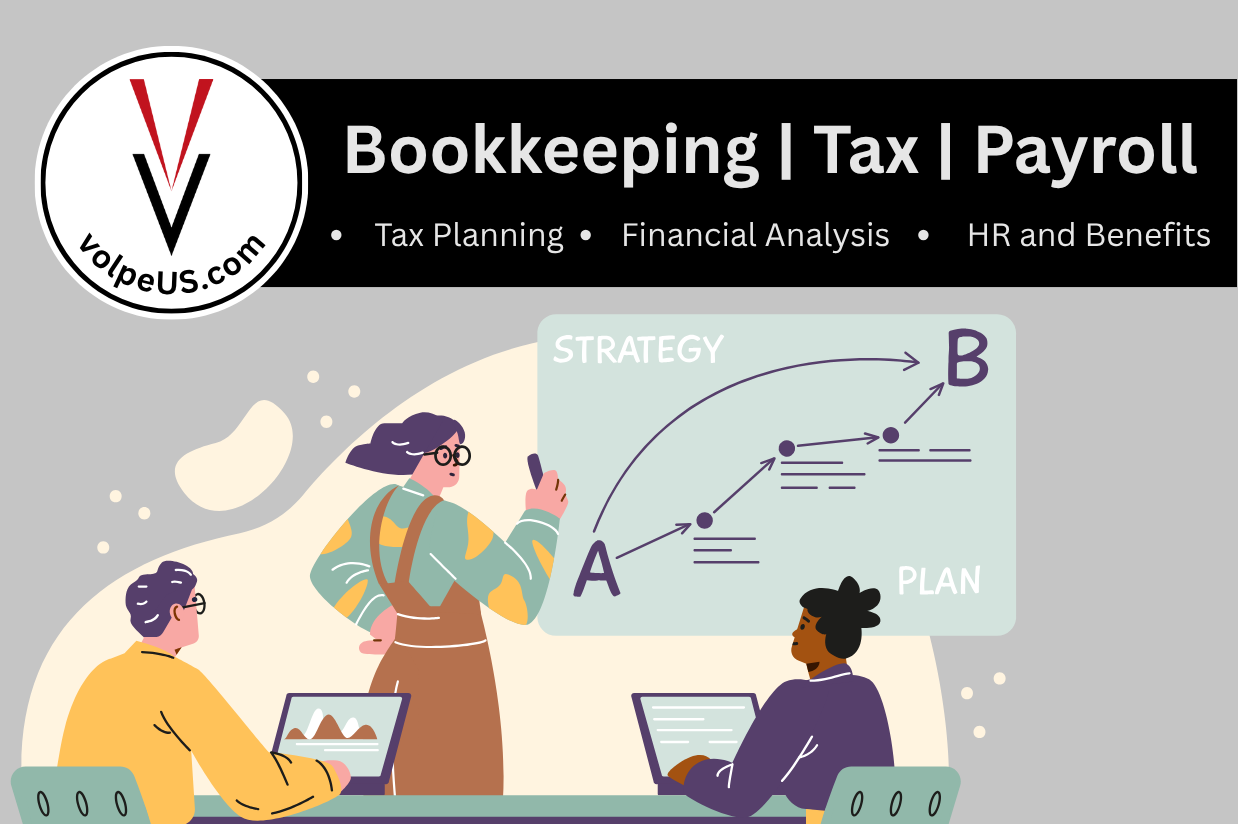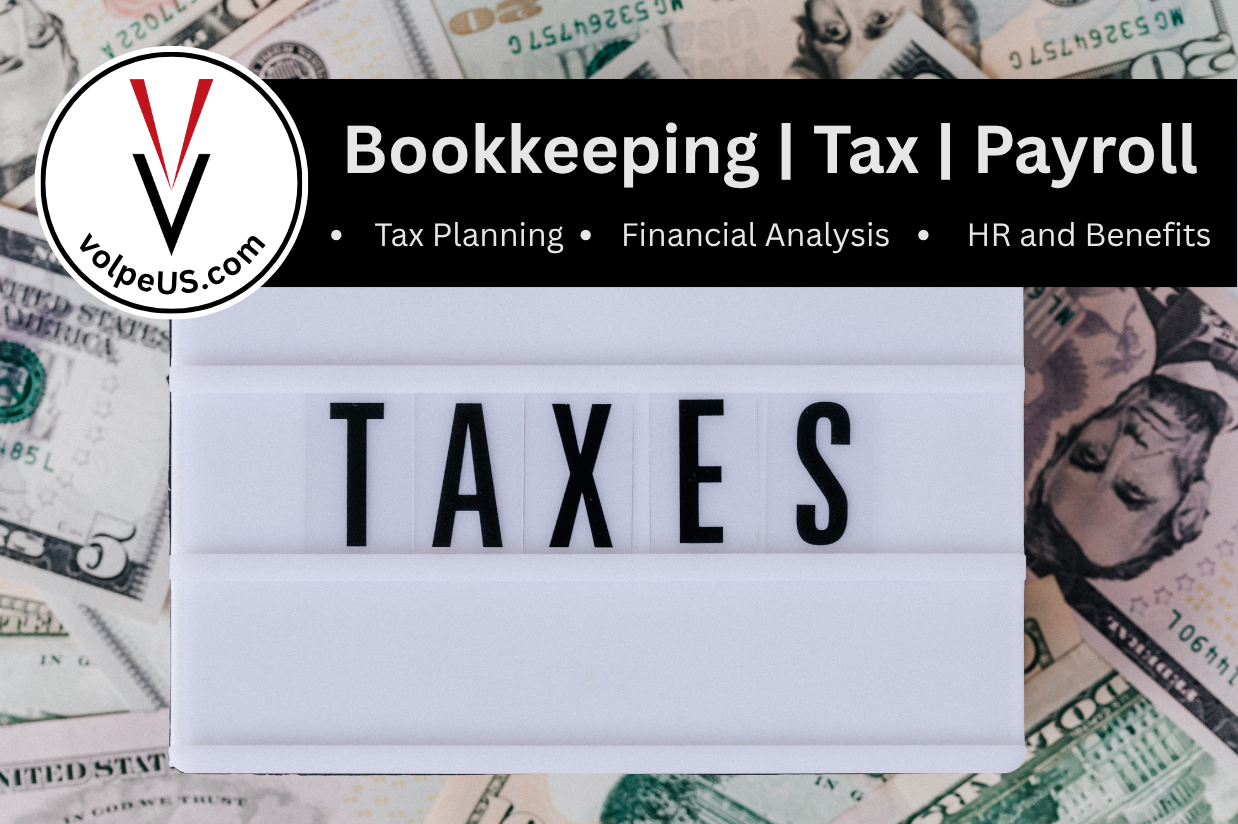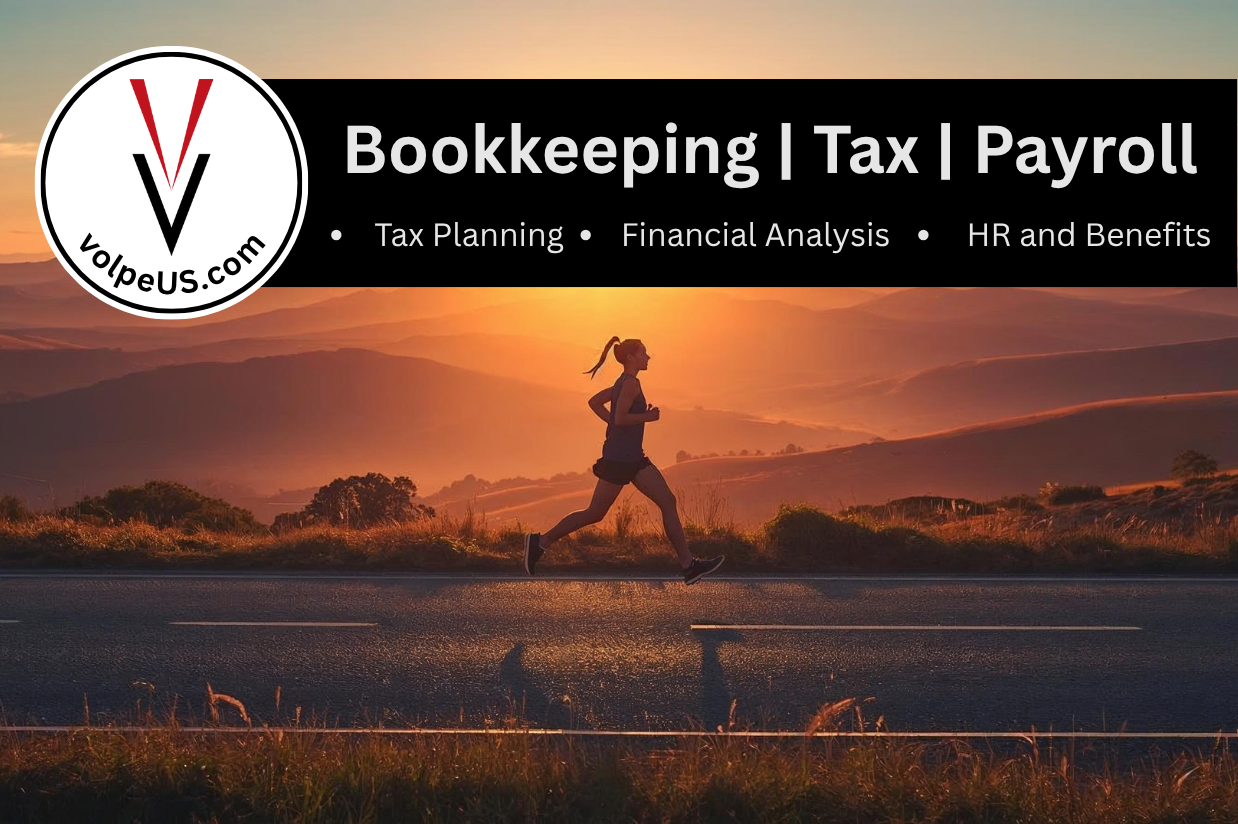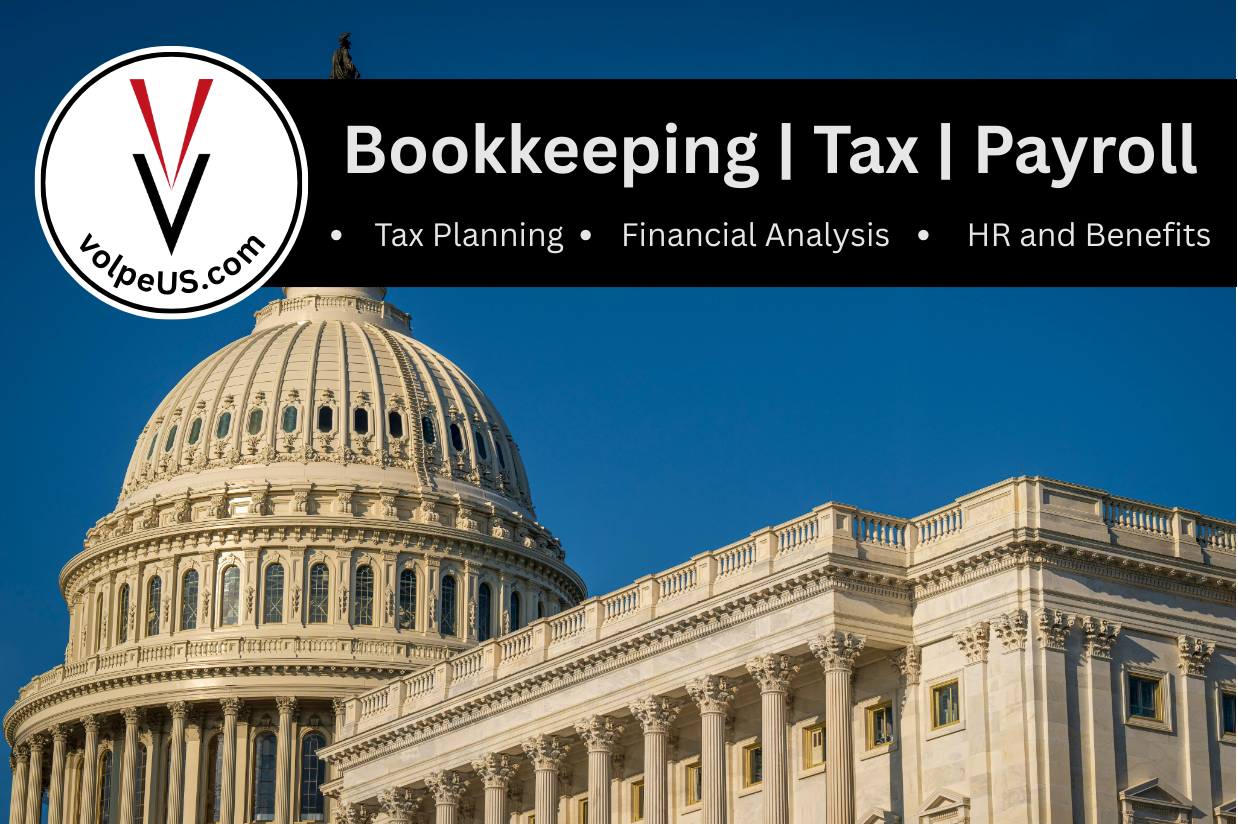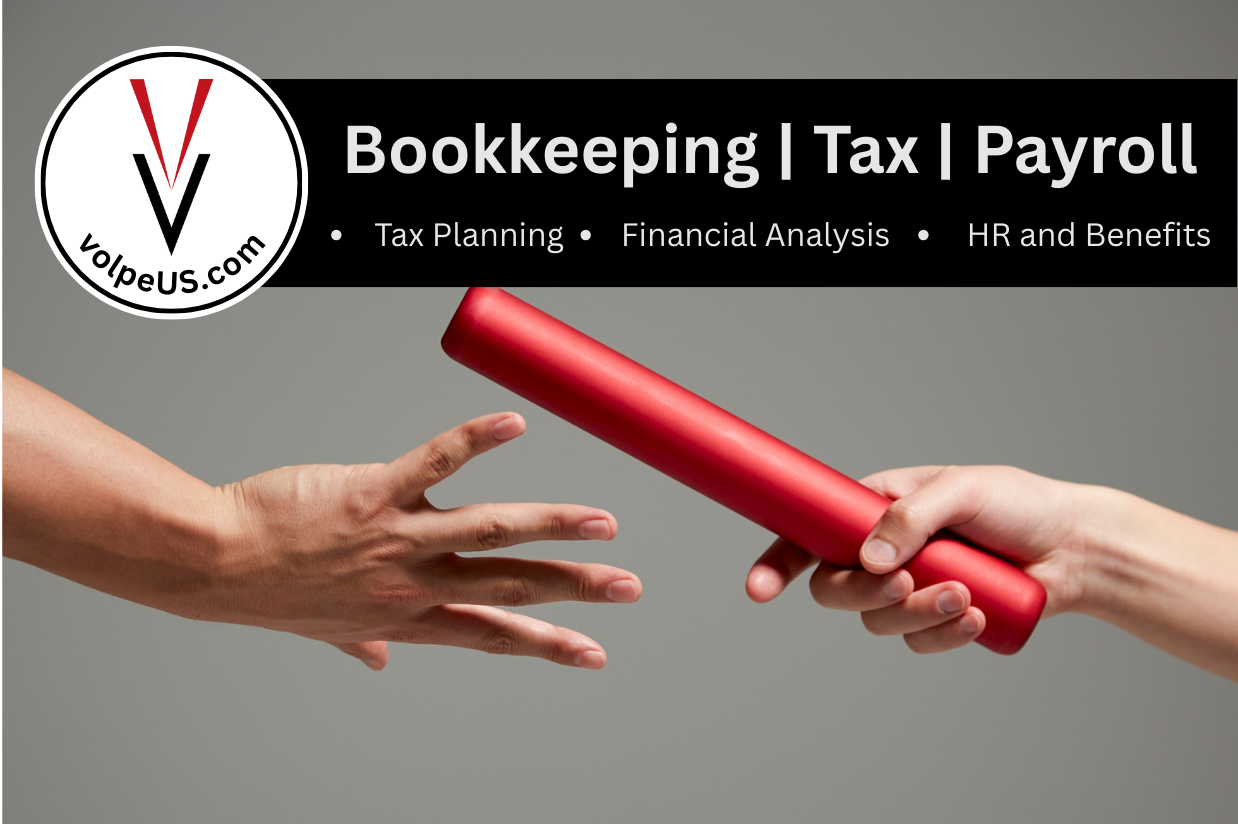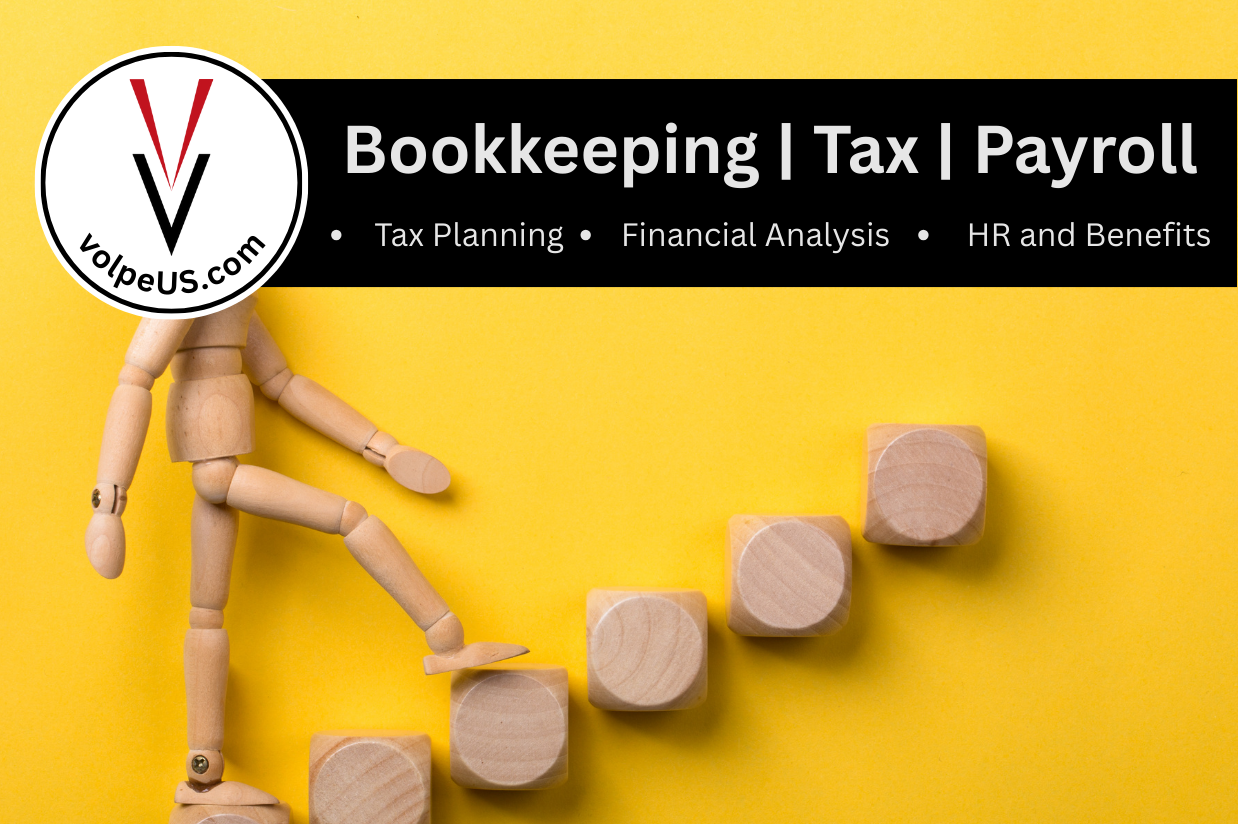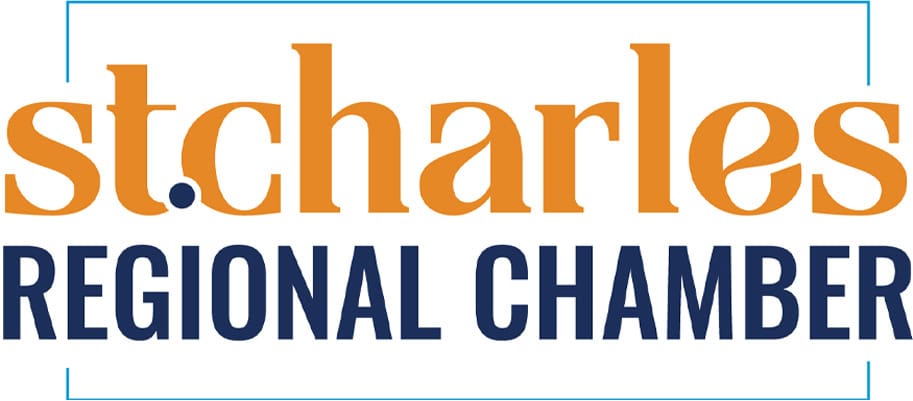Jump to a Specific Section
The New ERC-VDP and the ERC Landscape
The Employee Retention Credit (ERC) was established as a refundable tax credit to support businesses that continued paying employees during the COVID-19 pandemic. The ERC-VDP was one of the temporary programs the IRS launched to mitigate fraud, and they just reopened it. As the ERC program evolved, it became a target for aggressive marketing and rampant fraud. In response, the IRS implemented several measures, including:
- a moratorium on processing new claims
- the creation of Voluntary Disclosure Programs (ERC-VDP)
- the establishment of an ERC Claim Withdrawal Program
- and an updated Appeals Process
This article provides a detailed guide for business owners to navigate these developments.
Timeline of Key IRS Actions Related to the ERC
The IRS’s response to the ERC has been evolving rapidly. Below is a detailed timeline of the key events:
August 15, 2024 – Reopening of the ERC Voluntary Disclosure Program: In light of ongoing issues, the IRS reopened the VDP with revised terms, offering a 15% discount on repayments for the 2021 tax period claims, but not for 2020 claims. This program runs through November 22, 2024.
August 8, 2024 – IRS Issues New Warning Signs: The IRS identified five additional warning signs of improper ERC claims, expanding on the previous seven. These new indicators highlighted common mistakes such as claiming wages for related individuals and misapplying government orders.
June 2024 – IRS Intensifies Compliance Work: The IRS began issuing 28,000 disallowance letters to businesses whose claims were deemed high-risk, with an estimated prevention of $5 billion in improper payments. Thousands of audits were initiated, and 460 criminal cases related to the ERC were opened, signaling a significant ramp-up in enforcement actions.
March 22, 2024 – Conclusion of the First ERC Voluntary Disclosure Program: This program allowed businesses to self-correct improper ERC claims by repaying 80% of the claimed amount, thus avoiding more severe penalties. Over 2,600 businesses participated, disclosing over $1.09 billion in erroneous claims.
September 14, 2023 – ERC Processing Moratorium: The IRS imposed a moratorium on processing new ERC claims. This was a crucial step aimed at managing the influx of questionable claims that flooded the agency. The pause allowed the IRS to digitize the vast number of claims submitted on amended paper tax returns and assess the validity of these claims more effectively.

The Second Employee Retention Credit Voluntary Disclosure Program (ERC-VDP)
The second iteration of the ERC Voluntary Disclosure Program (VDP) provides a crucial opportunity for businesses to rectify improper ERC claims with a significant financial incentive. Here’s what you need to know:
What It Is: The ERC-VDP allows businesses that filed erroneous ERC claims for the 2021 tax periods to voluntarily correct their mistakes. By participating, businesses can avoid future audits, penalties, and interest, and only repay 85% of the claimed amount. The program is specifically designed to help businesses entangled in incorrect claims, often due to misleading advice from promoters.
Why It Matters: The IRS has been clear that many of the erroneous ERC claims stem from aggressive and potentially fraudulent marketing tactics. This program provides a lifeline for businesses that may have been misled into filing incorrect claims. By participating, businesses can resolve their issues before the IRS takes more severe compliance actions.
Eligibility Requirements: To participate in the second ERC-VDP, businesses must meet specific criteria:
- The business must have claimed the ERC for the 2021 tax periods and received the credit before August 15, 2024.
- The business must not be under criminal investigation or have received a notice of recapture (Letter 6577-C).
- The business must not be under an IRS employment tax examination for the relevant tax periods.
Applying for the Employee Retention Credit Voluntary Disclosure Program:
- Form 15434: Businesses must submit Form 15434, Application for Employee Retention Credit Voluntary Disclosure Program, through the IRS Document Upload Tool by November 22, 2024.
- Repayment: Participants must repay 85% of the ERC they received. If a business is unable to pay the full amount, it may request an installment agreement, though this could result in interest and penalties.
Important Note: The IRS will not charge interest or penalties on the 85% repayment if paid before the closing agreement is executed. However, penalties and interest will apply if the repayment is made through an installment agreement.
ERC Claim Withdrawal Program
For businesses that have pending ERC claims that have not yet been processed, the IRS offers a separate program to withdraw these claims without incurring penalties or interest.
Purpose: The ERC Claim Withdrawal Program is designed for businesses that want to remove unprocessed ERC claims. This is particularly relevant for those who have reconsidered their eligibility after filing and want to avoid future complications.
Who Can Apply: The program is available to businesses whose ERC claims are still pending or those who received a refund check but have not yet cashed it. However, this program does not apply to businesses whose claims have already been processed and paid.
Withdrawal Process:
- Marking the Claim: Businesses must file a new amended return and write “Withdrawn” on the left margin of their adjusted return (Form 941-X, 943-X, 944-X, or CT-1X).
- Submitting the Request: The signed withdrawal request must be faxed to the IRS’s ERC claim withdrawal fax line or mailed to the appropriate address. If a refund check has been issued but not cashed, it should be marked “Void” and returned with the withdrawal request.
Critical Reminder: Businesses that used a professional payroll company to file their ERC claim must coordinate with that company to withdraw the claim.
Appeals Process for Denied ERC Claims
For businesses that receive a denial of their ERC claim, the IRS provides an updated and clarified Appeals Process.
Why Appeals Matter: Given the complexity of the ERC, some valid claims may be incorrectly denied. The Appeals Process allows businesses to challenge the IRS’s decision and present additional documentation to support their claim.
Steps to Appeal:
- Filing a Protest: Businesses must file a formal written protest or use Form 12203, Request for Appeals Review, if the total amount in dispute is $25,000 or less.
- Documentation: It is crucial for businesses to provide comprehensive documentation supporting their claim, such as payroll records and documentation of qualifying government orders.
- Appeals Conference: The IRS Independent Office of Appeals will review the case. Businesses can represent themselves or be represented by a qualified professional (attorney, CPA, or enrolled agent).
Key Considerations: The appeal must be submitted within the time frame specified in the denial letter, usually 30 days. Failure to meet this deadline can result in the IRS’s decision becoming final.

Navigating the Complex ERC Landscape
The ERC was a critical support mechanism during the pandemic, but its complexity has led to significant challenges for businesses. Here’s how to avoid potential pitfalls:
- Review Eligibility: Businesses should thoroughly review the IRS’s ERC Eligibility Checklist to ensure compliance. This is particularly important given the IRS’s issuance of 12 warning signs that may indicate an incorrect claim.
- Consult Trusted Professionals: Businesses should work with experienced tax professionals rather than relying on promoters who may have offered misleading advice. A qualified professional can provide accurate guidance on eligibility and compliance.
- Corrective Actions: If a business discovers that it has filed an incorrect claim, it should take immediate action. The Voluntary Disclosure Program and the Claim Withdrawal Program offer pathways to resolve issues without incurring severe penalties.
Proactive Approach: Given the IRS’s intensified focus on compliance, businesses are encouraged to act promptly in correcting any errors. Early action can prevent future complications, including audits and criminal investigations.
Stay Informed and Act Wisely
The IRS’s ongoing efforts to clean up the ERC landscape highlight the importance of staying informed and acting responsibly. The reopening of the ERC-VDP, the availability of the Claim Withdrawal Program, and the updated Appeals Process all provide opportunities for businesses to correct past mistakes and avoid severe financial consequences. As these programs have specific deadlines and eligibility requirements, businesses should not delay in consulting with tax professionals to determine the best course of action.
By understanding these developments and taking proactive steps, businesses can navigate the complexities of the ERC with confidence and ensure they remain compliant with IRS regulations.
With any questions about the ERC-VDP or to review your ERC eligibility, don’t hesitate to reach out to Volpe Consulting and Accounting Services.



